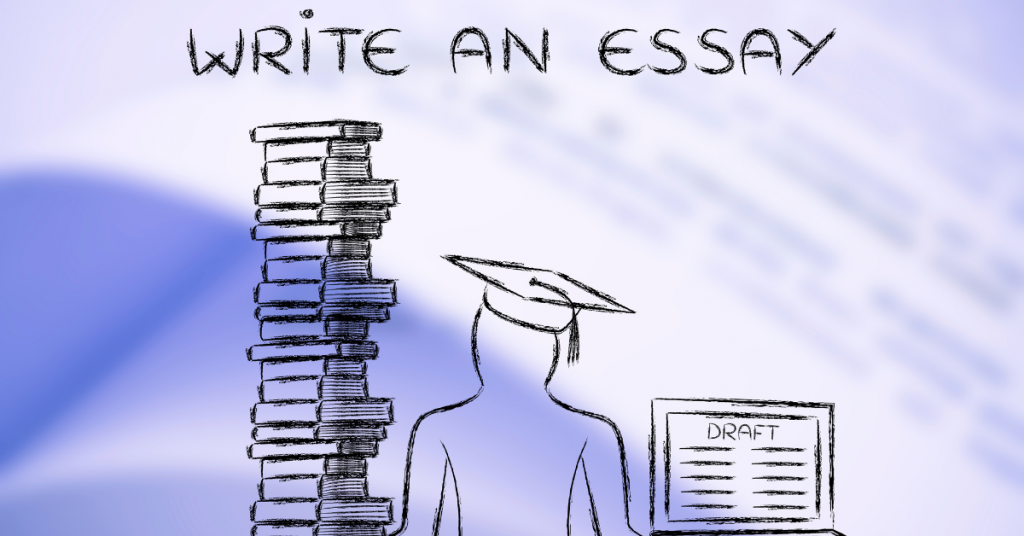History is replete with events that have shaped the course of human civilization. While some of these events are well-documented and widely discussed, others remain relatively obscure despite their profound impact. Delving into lesser-known historical events can provide a fresh perspective and make for compelling essays. In this blog post, we highlight ten intriguing and lesser-known historical events that make excellent history topics to write about.
1. The Taiping Rebellion (1850-1864)
The Taiping Rebellion was a massive civil war in southern China led by Hong Xiuquan, who claimed to be the younger brother of Jesus Christ. This rebellion against the Qing Dynasty resulted in one of the deadliest conflicts in history, with an estimated 20-30 million deaths.
Why It’s Compelling: The Taiping Rebellion offers rich history topics to write about for essays due to its religious undertones, the scale of the conflict, and its significant impact on Chinese history. Exploring this event can provide insights into the complexities of 19th-century China and the interplay between religion, politics, and society.
2. The Anarchy in England (1135-1153)
The Anarchy was a civil war in England and Normandy between supporters of Empress Matilda and King Stephen. This period of lawlessness and political turmoil disrupted the country for nearly two decades.
Why It’s Compelling: The Anarchy provides a fascinating case study of medieval power struggles, feudal politics, and the role of gender in leadership. An essay on this topic can explore the causes, key battles, and long-term effects of the conflict on English history.
3. The Stono Rebellion (1739)
The Stono Rebellion was one of the largest slave uprisings in the British mainland colonies, occurring in South Carolina. Led by an Angolan named Jemmy, the rebellion resulted in the deaths of numerous colonists and slaves.
Why It’s Compelling: This event sheds light on the resistance and resilience of enslaved people in colonial America. Writing about the Stono Rebellion can offer a deeper understanding of the conditions of slavery, the quest for freedom, and the early struggles that foreshadowed the larger abolitionist movement.
4. The War of the Austrian Succession (1740-1748)
The War of the Austrian Succession involved most of the great powers of Europe and was sparked by the death of Emperor Charles VI and the subsequent succession of his daughter, Maria Theresa. The conflict was marked by complex alliances and numerous battles across Europe.
Why It’s Compelling: This war is a prime example of 18th-century European geopolitics and diplomacy. An essay on this topic can explore the intricate alliances, the role of Maria Theresa, and the war’s impact on European political boundaries and power structures.
5. The Toledo War (1835-1836)
The Toledo War was a boundary dispute between the state of Ohio and the Michigan Territory. While it involved little actual violence, the conflict was significant in shaping the political landscape of the United States.
Why It’s Compelling: The Toledo War is an excellent example of how seemingly minor disputes can have lasting consequences. This event provides a unique lens through which to examine state politics, territorial expansion, and conflict resolution in early American history.
6. The Amistad Case (1839-1841)
The Amistad Case involved a revolt by African captives aboard the Spanish ship La Amistad. The captives took control of the ship and eventually landed in the United States, leading to a landmark Supreme Court case on their legal status and rights.
Why It’s Compelling: The Amistad Case highlights the complexities of slavery, international law, and human rights which makes it one of the most compelling history topics to write about. An essay on this topic can delve into the legal arguments, the role of abolitionists, and the broader implications for the anti-slavery movement in America.
7. The Anglo-Zanzibar War (1896)
The Anglo-Zanzibar War is recognized as the shortest war in history, lasting only 38 minutes. The conflict arose over the succession of the Sultan of Zanzibar and the British desire to maintain their influence in the region.
Why It’s Compelling: Despite its brevity, the Anglo-Zanzibar War offers insights into colonialism, imperialism, and local resistance. Writing about this event can reveal the dynamics of power and the rapidity with which geopolitical changes can occur.
8. The Great Emu War (1932)
The Great Emu War was an unusual military operation in Australia aimed at curbing the emu population, which was damaging crops. The operation involved soldiers armed with machine guns but ultimately proved ineffective.
Why It’s Compelling: This event is a quirky yet illustrative example of human-wildlife conflict and governmental response to agricultural challenges. An essay on the Great Emu War can explore the intersection of environmental management, military intervention, and public policy.
9. The Suez Crisis (1956)
The Suez Crisis was a diplomatic and military conflict involving Egypt, Israel, France, and the United Kingdom, sparked by Egyptian President Gamal Abdel Nasser’s nationalization of the Suez Canal. The crisis had significant implications for global politics and the balance of power in the Middle East.
Why It’s Compelling: The Suez Crisis offers a multifaceted topic that encompasses international relations, decolonization, and Cold War dynamics. Exploring this event can provide a deeper understanding of mid-20th-century geopolitics and its enduring legacy.
10. The Cultural Revolution in China (1966-1976)
The Cultural Revolution was a socio-political movement initiated by Mao Zedong to preserve Chinese communism by purging remnants of capitalist and traditional elements from Chinese society. It led to widespread chaos, persecution, and cultural destruction.
Why It’s Compelling: The Cultural Revolution is a profound and tragic period in Chinese history that affected millions of lives. Writing about this event can uncover the human cost of political ideology, the mechanisms of control and propaganda, and the long-term impact on Chinese culture and society.

Exploring lesser-known historical events can provide a fresh and engaging perspective for your essays. Each of these history topics to write about offers unique insights and compelling narratives that can captivate readers and provide valuable lessons. If you find yourself struggling to choose a topic or need assistance in crafting a well-researched and articulate history essay, remember that Essay 24 is here to help. Our professional writers can provide 100% unique academic essays tailored to your needs, ensuring you achieve academic success with ease.



















